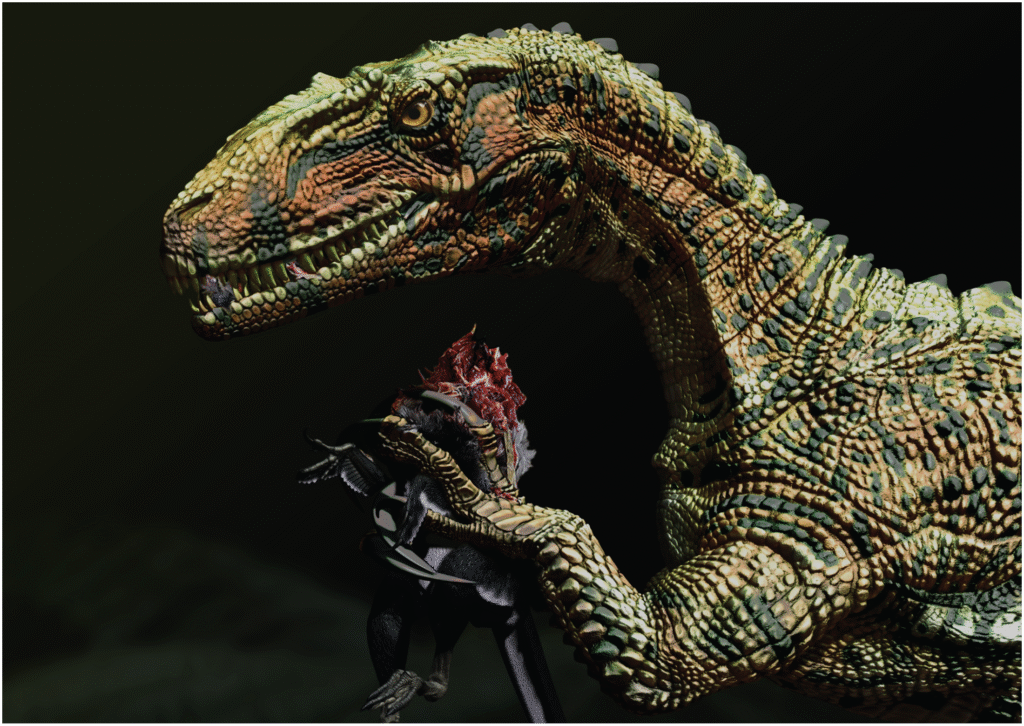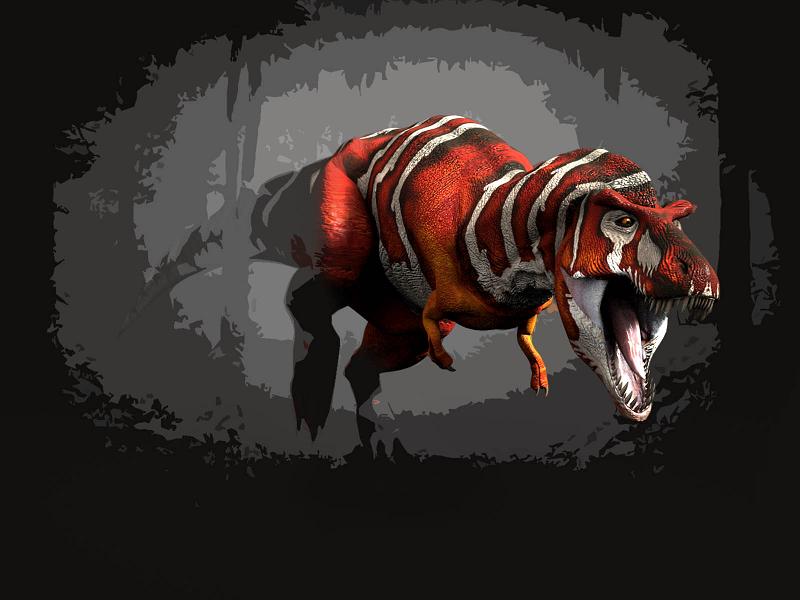Dinosaurs have captured human imagination since the first fossils were identified in the early 19th century. From towering T. rex skeletons in museums to the feathered raptors of Jurassic Park, our vision of these prehistoric creatures has evolved dramatically over time. But how do scientists actually determine what these animals looked like when they roamed the Earth millions of years ago? Far from mere guesswork, paleontologists employ sophisticated scientific methods to reconstruct dinosaur appearances. This article explores the fascinating techniques, evidence, and ongoing research that allow scientists to peer back in time and bring dinosaurs to life.
Fossil Evidence as the Foundation

The most direct evidence for dinosaur appearance comes from their fossilized remains. When animals die, their soft tissues typically decompose, but bones, teeth, and sometimes other hard parts become mineralized and preserved as fossils. These skeletal elements provide the framework for understanding dinosaur body shape, size, and proportions. By carefully excavating, preparing, and assembling these fossilized bones, paleontologists can reconstruct complete or partial skeletons.
The skeletal structure reveals crucial information about how dinosaurs stood, moved, and functioned. For example, the orientation of leg bones indicates whether a dinosaur was bipedal (walking on two legs) like Tyrannosaurus rex or quadrupedal (walking on four legs) like Triceratops. These skeletal reconstructions form the scientific foundation for all further interpretations of dinosaur appearance.
Comparative Anatomy with Modern Animals

Paleontologists often look to living animals to help interpret fossil evidence through a principle called phylogenetic bracketing. This approach uses the closest living relatives of extinct animals to make informed inferences about soft tissue structures that don’t typically fossilize. Since dinosaurs fall on the evolutionary tree between crocodilians and birds (with birds being living dinosaurs themselves), these modern animals provide crucial reference points.
For example, the attachment points for muscles on dinosaur bones resemble those in modern animals, allowing scientists to reconstruct muscular systems with reasonable accuracy. If a particular feature exists in both birds and crocodiles, paleontologists can reasonably infer that dinosaurs probably had it too. This comparative method helps scientists avoid pure speculation and ground their reconstructions in biological reality based on evolutionary relationships.
Skin Impressions and Body Coverings

While exceptionally rare compared to bones, fossilized skin impressions have been discovered for several dinosaur species, providing direct evidence of their external appearance. These impressions form when a dinosaur’s body is quickly buried in fine sediment that captures the texture and pattern of the skin before decomposition occurs. Notable examples include the “mummified” hadrosaur specimens that show detailed skin texture with patterns of scales and tubercles. In some cases, these impressions reveal surprising features, such as the elaborate display structures in hadrosaurs that were previously unknown from skeletal remains alone.
Beyond scales, many theropod dinosaurs (the group including T. rex and birds) are now known to have had feathers or feather-like structures, based on remarkable fossils from China and elsewhere that preserve these delicate features. These direct traces of body coverings have revolutionized our understanding of dinosaur appearance in recent decades.
The Revolutionary Discovery of Dinosaur Feathers

Perhaps the most dramatic shift in our understanding of dinosaur appearance came with the discovery of feathered dinosaur fossils, primarily from the Liaoning Province in China, starting in the 1990s. These exceptionally preserved specimens show that many non-avian dinosaurs, particularly theropods, possessed various types of feathers or feather-like structures. Specimens like Sinosauropteryx revealed simple filamentous feathers covering its body, while Microraptor showed complex flight feathers on both its arms and legs.
These discoveries fundamentally altered our image of dinosaurs from scaly reptiles to often fuzzy or feathered creatures. The evidence suggests that feathers evolved originally for insulation or display purposes, only later being adapted for flight in some lineages. This revelation connects dinosaurs and birds more visibly than ever before, supporting the scientific consensus that birds are technically a surviving group of dinosaurs that evolved from small, feathered theropod ancestors.
Trace Fossils and Behavioral Clues
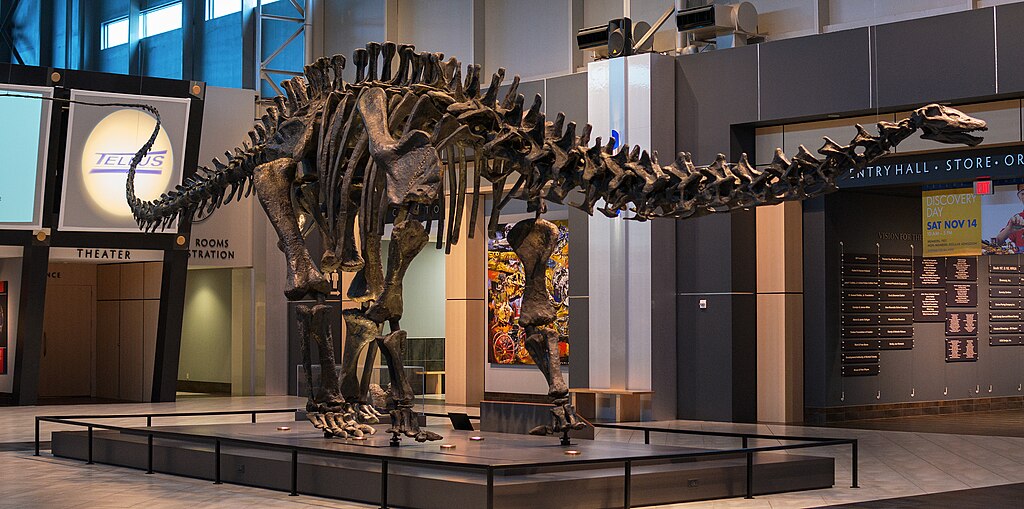
Beyond body fossils, paleontologists also study trace fossils—physical evidence of animal activity, including footprints, trackways, nests, and burrows. Dinosaur trackways provide unique insights into how these animals moved, their stance, and even social behaviors that aren’t apparent from skeletal remains alone. The spacing and pattern of footprints can reveal walking or running speeds and whether certain species traveled in groups. Nest structures and egg arrangements give clues about reproductive behaviors and parental care.
Some extraordinary trace fossils even preserve evidence of dinosaurs in resting or sleeping positions. For example, the small theropod Mei long was preserved in a bird-like sleeping pose with its head tucked under its arm, suggesting behaviors similar to modern birds. These behavioral insights help paleontologists develop more accurate and lifelike reconstructions of how dinosaurs appeared in their natural environments and activities.
The Science of Biomechanics
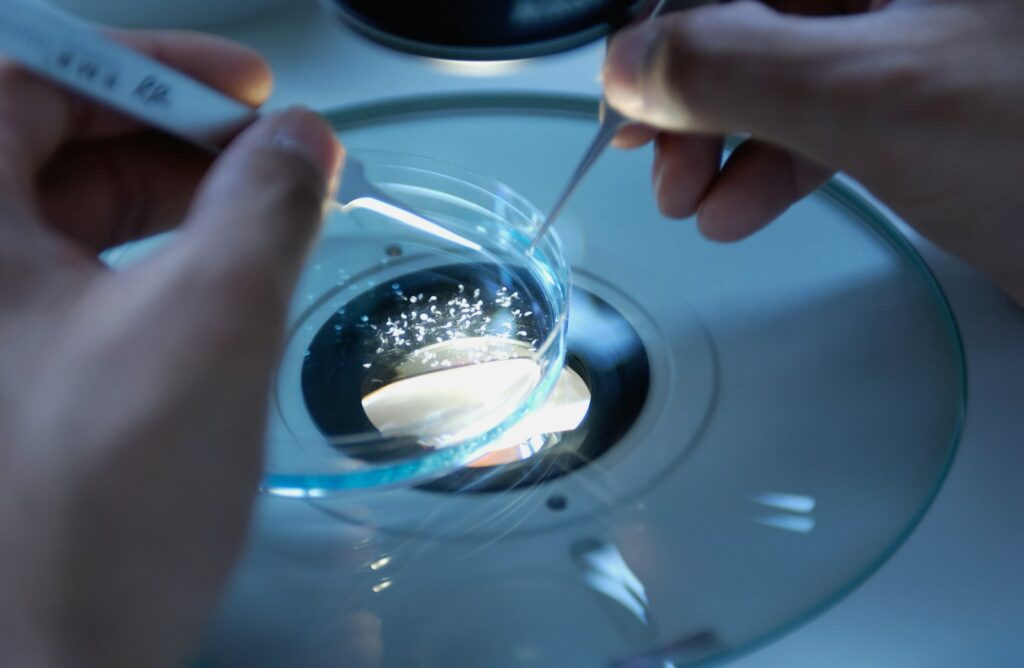
Understanding how dinosaurs moved requires more than just assembling bones—it demands sophisticated analysis of biomechanics, the study of mechanical laws relating to the movement of living organisms. Modern computational techniques allow paleontologists to test hypotheses about dinosaur posture, gait, and physical capabilities. By scanning fossils and creating digital models, scientists can simulate muscle forces, stress patterns, and range of motion to determine how dinosaurs actually functioned.
These studies have resolved long-standing questions about dinosaur posture, such as confirming that large sauropods like Diplodocus held their necks horizontally rather than in swan-like vertical curves as depicted in older reconstructions. Biomechanical analysis has also helped scientists understand the running capabilities of predators like Tyrannosaurus—showing it couldn’t reach the high speeds once portrayed in movies, but was still a formidable hunter. These insights directly inform visual reconstructions by revealing natural poses and movement limitations.
Determining Dinosaur Colors
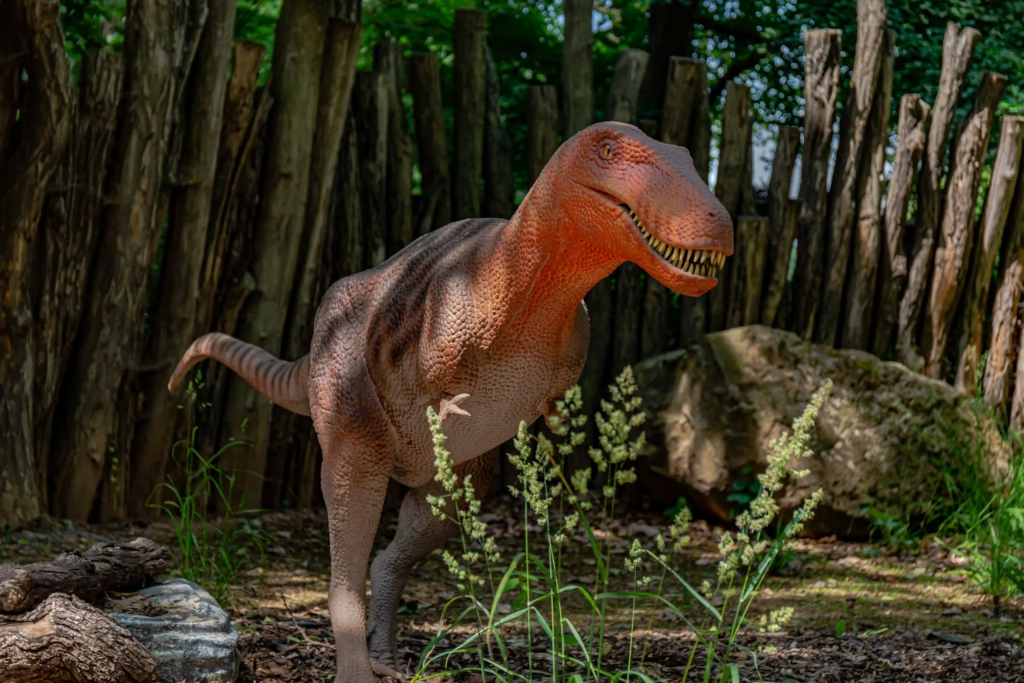
Until recently, dinosaur coloration was considered purely speculative, but groundbreaking research has actually revealed the colors of some dinosaur species. By examining microscopic structures called melanosomes preserved in fossilized feathers, scientists can identify the original pigments. Different shapes of melanosomes correspond to different colors in modern birds, allowing researchers to determine the actual coloration of feathered dinosaurs. For example, Microraptor has been shown to have had iridescent black feathers like a modern crow, while Sinosauropteryx had a rusty brown and white striped tail.
For dinosaurs without preserved melanosomes, scientists sometimes use ecological and behavioral clues to make educated guesses about coloration patterns. Large dinosaurs in open environments likely had colors suited for thermoregulation, while smaller forest-dwelling species might have had camouflage patterns. Bright display colors would likely appear in species where fossil evidence suggests elaborate display structures or courtship behaviors.
Technological Advances in Paleontology

Modern technology has revolutionized how paleontologists study dinosaur fossils and reconstruct their appearance. CT scanning allows scientists to examine internal structures of fossils without damaging them, revealing details like brain cavity shapes, inner ear structures, and even growth rings in bones. Synchrotron imaging, which uses powerful X-rays, can detect chemical traces of original soft tissues and reveal structures invisible to the naked eye.
Digital modeling software enables scientists to articulate skeletons virtually, test the range of motion, and create complete reconstructions that account for musculature and body mass. Techniques like finite element analysis allow researchers to simulate how dinosaur structures responded to physical forces, revealing functional adaptations. These technological approaches bring unprecedented precision to dinosaur reconstructions and help scientists test hypotheses about appearance and function that would have been impossible with earlier methods.
Paleoart: Where Science Meets Artistic Interpretation
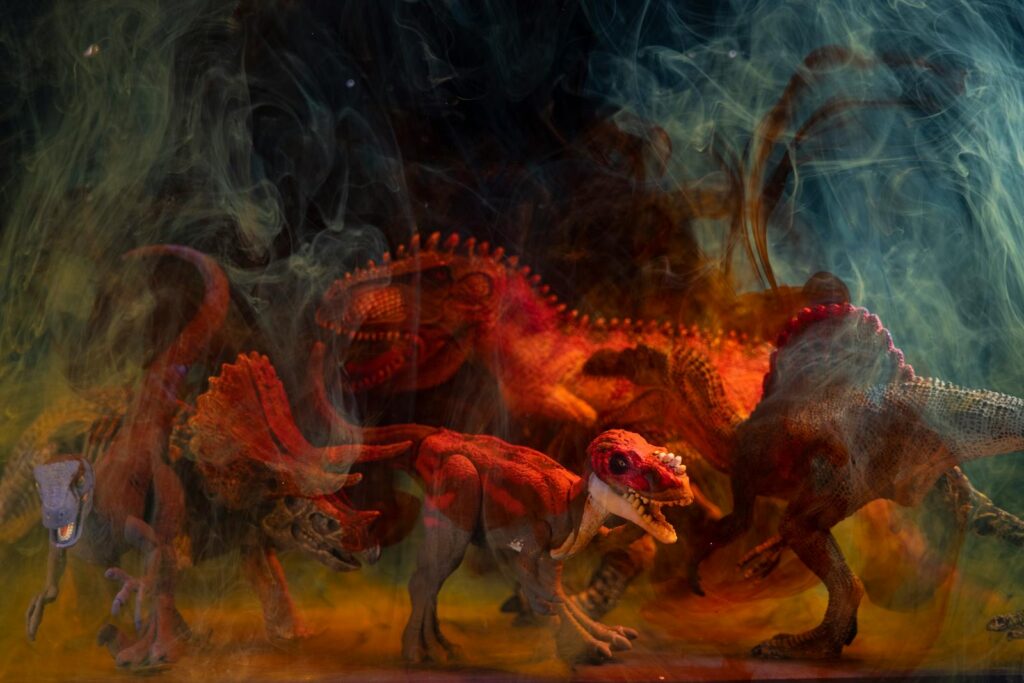
The visual reconstructions of dinosaurs we see in museums, books, and films are created through paleoart, an art form that combines scientific evidence with artistic interpretation. Good paleoartists work closely with paleontologists to ensure their reconstructions reflect current scientific understanding while bringing extinct animals to life. The history of paleoart reveals how our vision of dinosaurs has evolved with new discoveries—from the lumbering, tail-dragging lizards of Victorian illustrations to the active, often feathered animals depicted today.
Even with solid scientific foundations, paleoartists must make decisions about features that don’t fossilize well, such as exact muscle contours, fatty deposits, and structures like wattles or frills that might leave little skeletal evidence. These artistic choices are guided by comparison with living animals and understanding of evolutionary relationships. When done well, paleoart represents our best scientific visualization of extinct animals while acknowledging the limits of current knowledge.
Errors and Misconceptions in Dinosaur Reconstruction
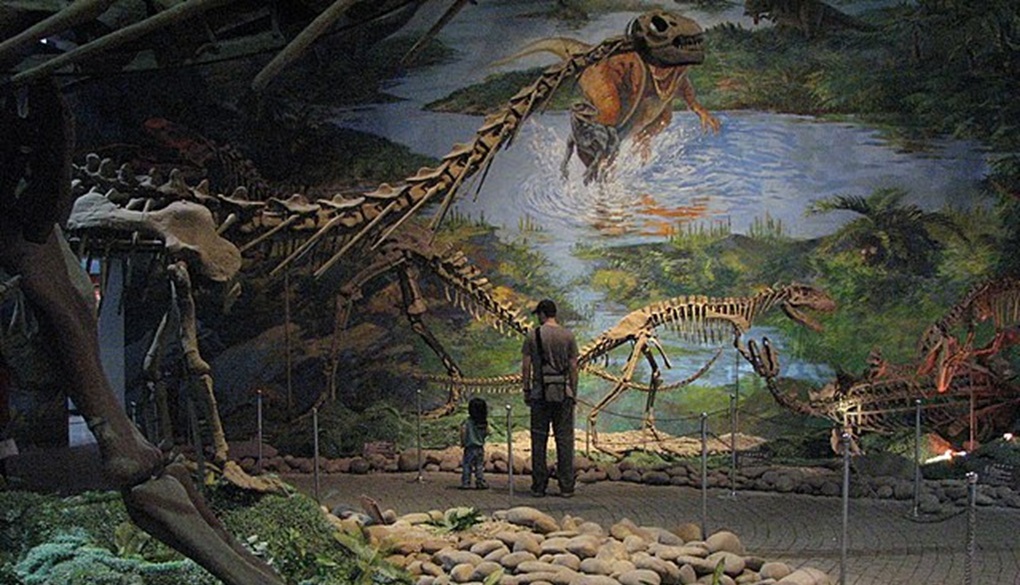
The history of dinosaur reconstruction is filled with errors and corrections as scientific understanding has advanced. Early reconstructions often portrayed dinosaurs as slow, tail-dragging reptiles because scientists initially compared them primarily to lizards rather than birds. Skeletal mounts in museums were sometimes assembled incorrectly—the famous Apatosaurus (formerly Brontosaurus) at the American Museum of Natural History was displayed for years with the wrong skull.
Media representations have perpetuated misconceptions, such as depicting Velociraptor as human-sized when fossil evidence shows it was roughly turkey-sized. The absence of evidence for soft tissues led to the “shrink-wrapped” look of many dinosaur reconstructions, showing skin tightly draped over bones without considering the muscle, fat, and other tissues that would have been present in life. Scientists now recognize these past errors and work to correct them, understanding that reconstructions should be updated as new evidence emerges and interpretations evolve.
Controversial and Uncertain Aspects
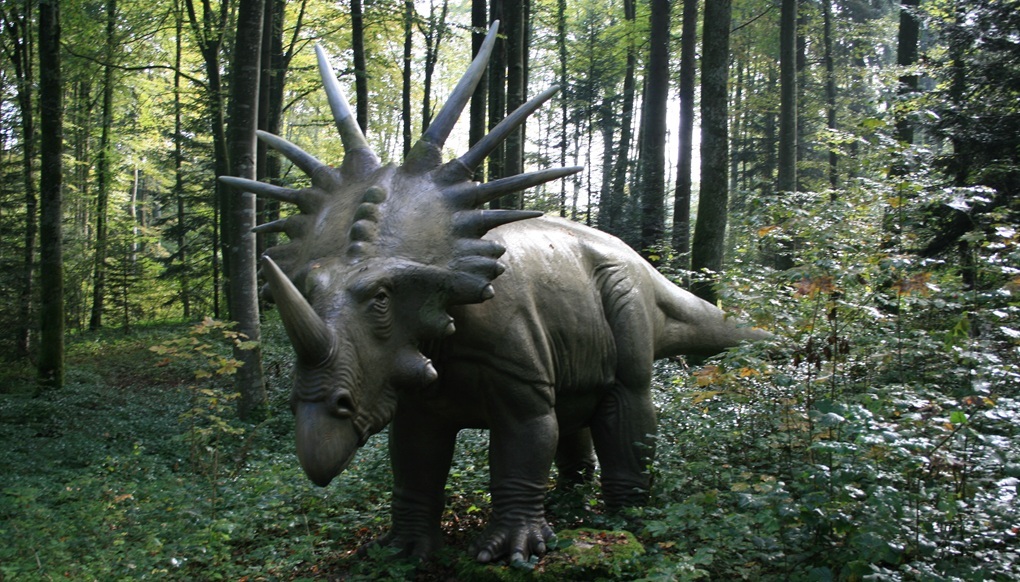
Despite significant advances, many aspects of dinosaur appearance remain controversial or uncertain within the scientific community. The extent of feather coverage in different dinosaur groups continues to be debated, particularly for large tyrannosaurids like T. rex, where limited skin impressions show scales in some areas but don’t rule out partial feathering. The appearance of ceratopsian frills and the exact configuration of plates in stegosaurs generate ongoing discussion, as these structures likely served display purposes that affect how they should be reconstructed.
The bright colors and patterns sometimes depicted in popular reconstructions often involve significant speculation, particularly for species without preserved melanosomes. Sexual dimorphism—differences in appearance between males and females—remains poorly understood for most dinosaur species, though some show evidence of different display structures. These uncertainties remind us that while reconstructions should be scientifically informed, many details require carefully considered interpretation based on incomplete evidence.
Future Frontiers in Dinosaur Reconstruction
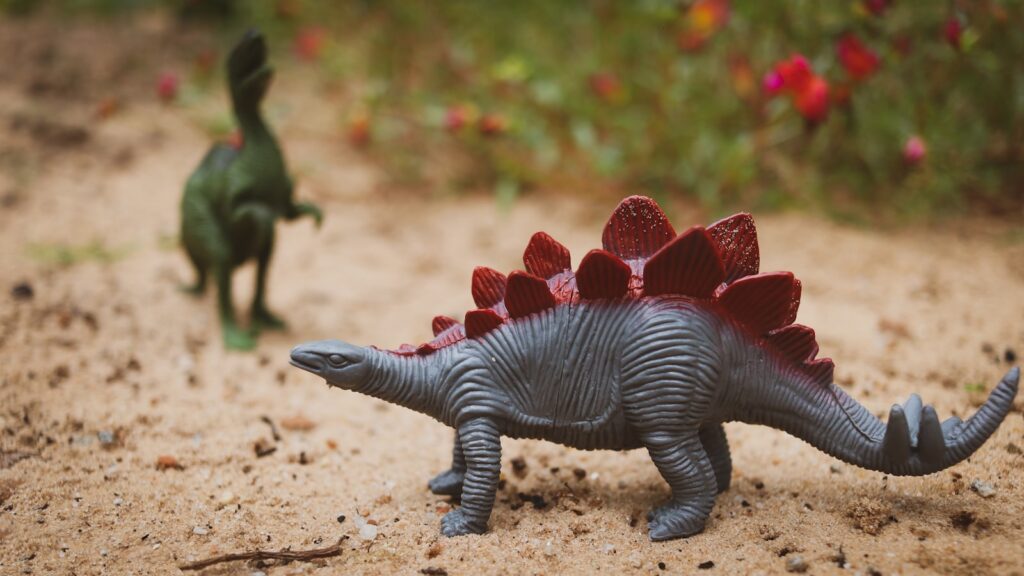
The science of reconstructing dinosaur appearance continues to advance rapidly with new fossil discoveries and methodological innovations. Developing technologies, such as more powerful scanning techniques and chemical analysis methods, promise to reveal ever more subtle details from fossil evidence. Paleontologists are increasingly investigating the preservation of proteins and other biomolecules in exceptionally preserved fossils, which might eventually provide direct evidence about soft tissues.
Computer simulations are becoming more sophisticated in modeling dinosaur locomotion, respiration, and other physiological processes that influence external appearance. As more feathered dinosaur specimens are discovered worldwide, our understanding of the evolution and distribution of feathers across dinosaur groups will become clearer. Interdisciplinary approaches that combine paleontology with developmental biology, comparative anatomy, and evolutionary studies continue to refine our understanding of these remarkable animals. Each new discovery has the potential to dramatically change how we envision certain dinosaur species or groups.
From Science to Public Understanding
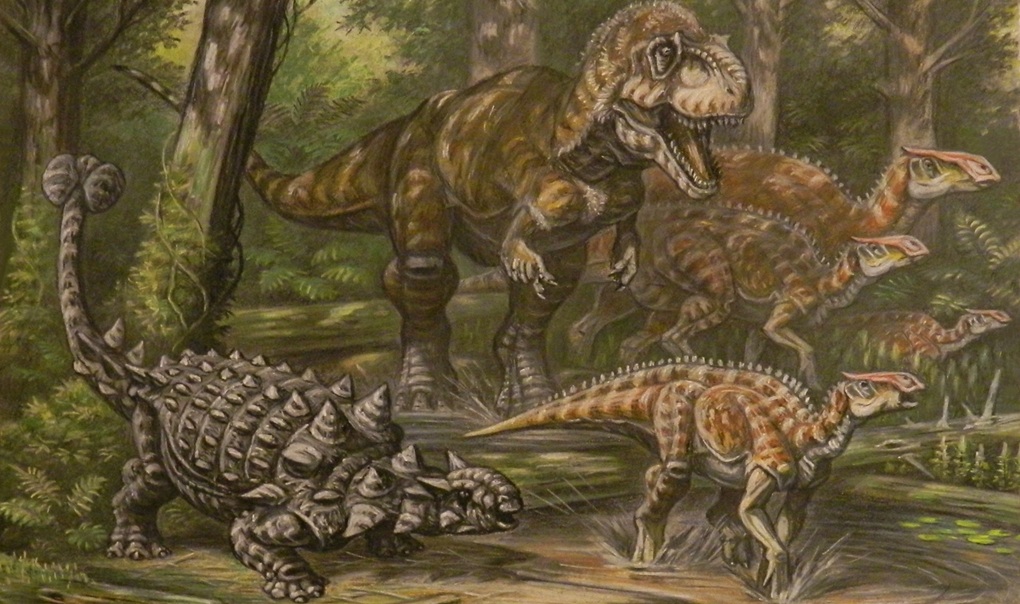
The journey from fossil evidence to public understanding of dinosaur appearance involves many steps and often multiple interpretations. Museum exhibits represent the critical interface where scientific research meets public education, translating complex findings into accessible displays. The best exhibits acknowledge uncertainties and explain the evidence behind reconstructions. Popular media, including films and documentaries, have enormous influence on public perception of dinosaurs but vary greatly in scientific accuracy.
When done well, as in productions like the BBC’s “Walking with Dinosaurs” series that involved extensive scientific consultation, media can effectively communicate current understanding. Educational materials for children particularly influence how younger generations visualize dinosaurs, making scientific accuracy in these contexts especially important. The collaboration between scientists, artists, educators, and media creators is essential for translating the ever-evolving scientific understanding of dinosaur appearance into accurate public knowledge that captures both what we know and what remains to be discovered.
Conclusion

The reconstruction of dinosaur appearance represents one of science’s most fascinating intersections of hard evidence and informed interpretation. From the foundational fossil evidence of bones and occasional skin impressions to cutting-edge analysis of microscopic color-bearing structures, paleontologists have developed increasingly sophisticated methods for bringing these extinct animals to life visually.
While uncertainties remain and reconstructions continue to evolve with new discoveries, the scientific process has revealed dinosaurs to be far more diverse, complex, and often bird-like than early researchers ever imagined. As technology advances and new fossils emerge from the ground, our vision of these remarkable animals will continue to be refined—reminding us that science is always a work in progress, with each generation of paleontologists adding new details to our picture of the prehistoric world.


